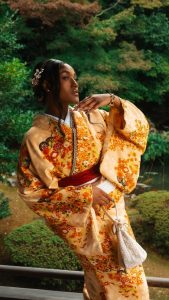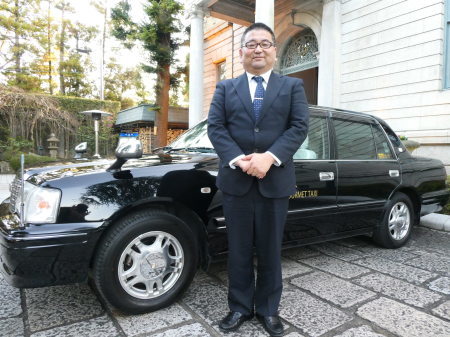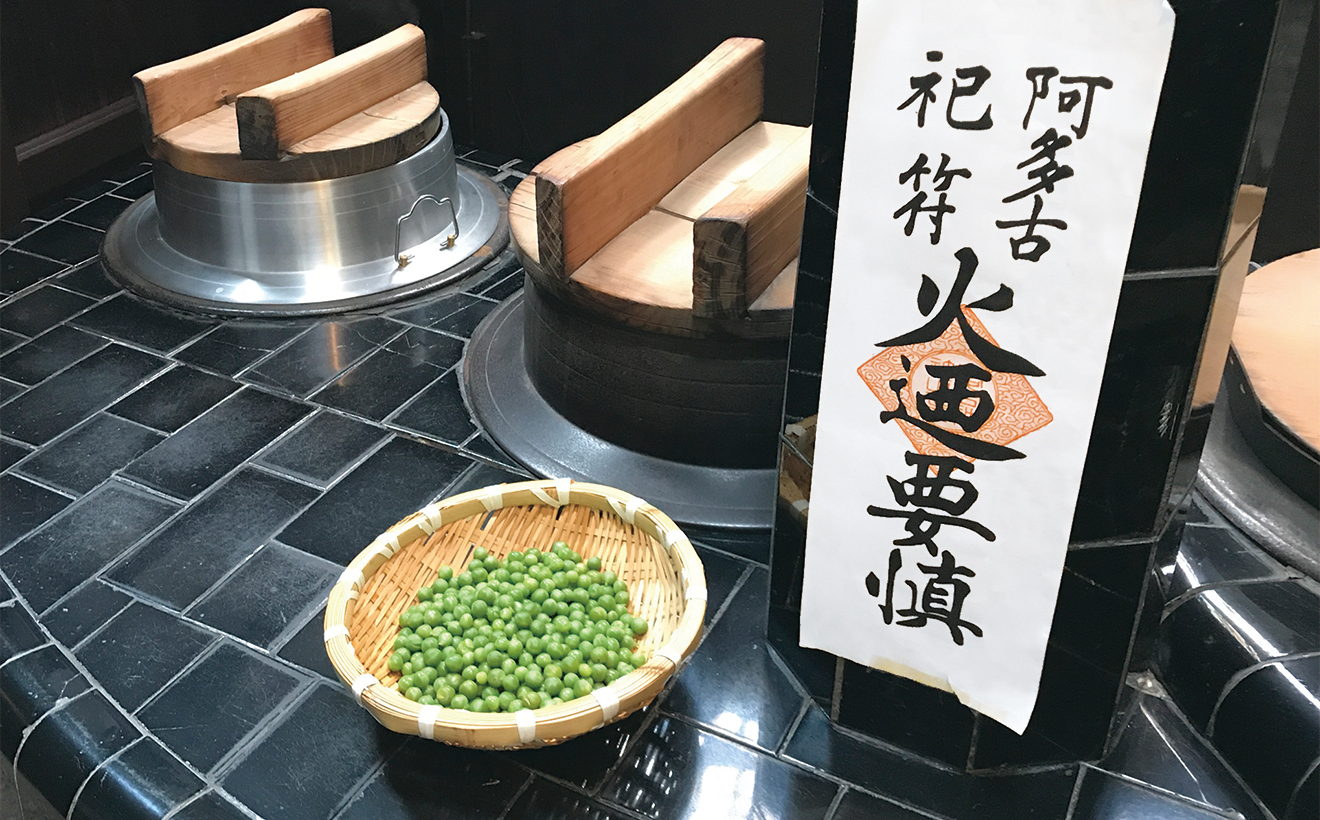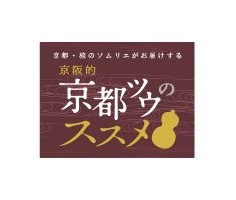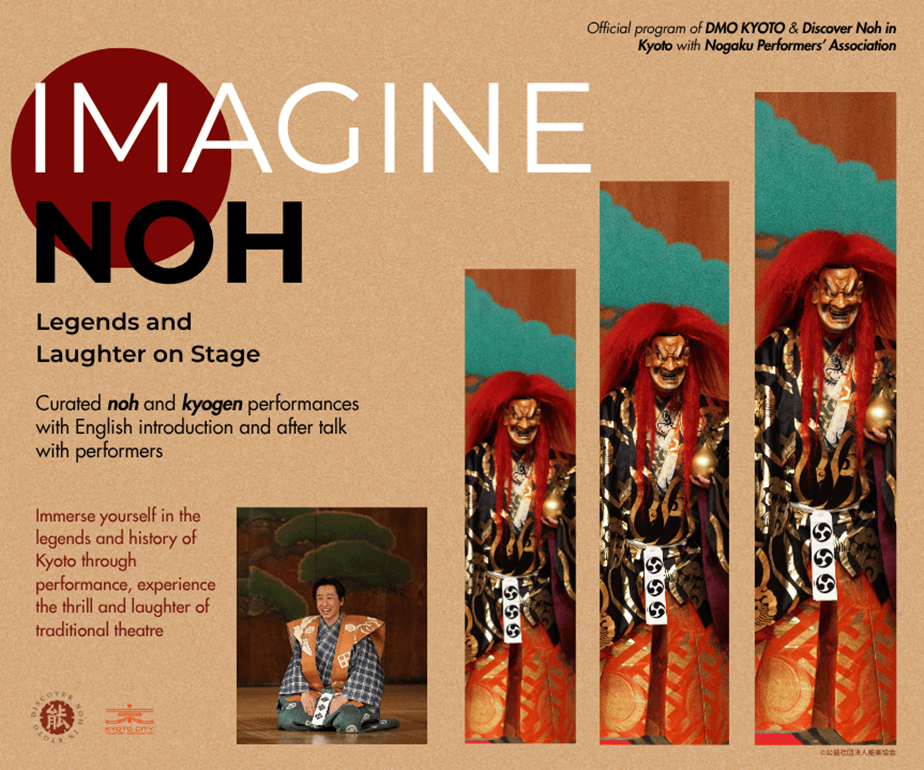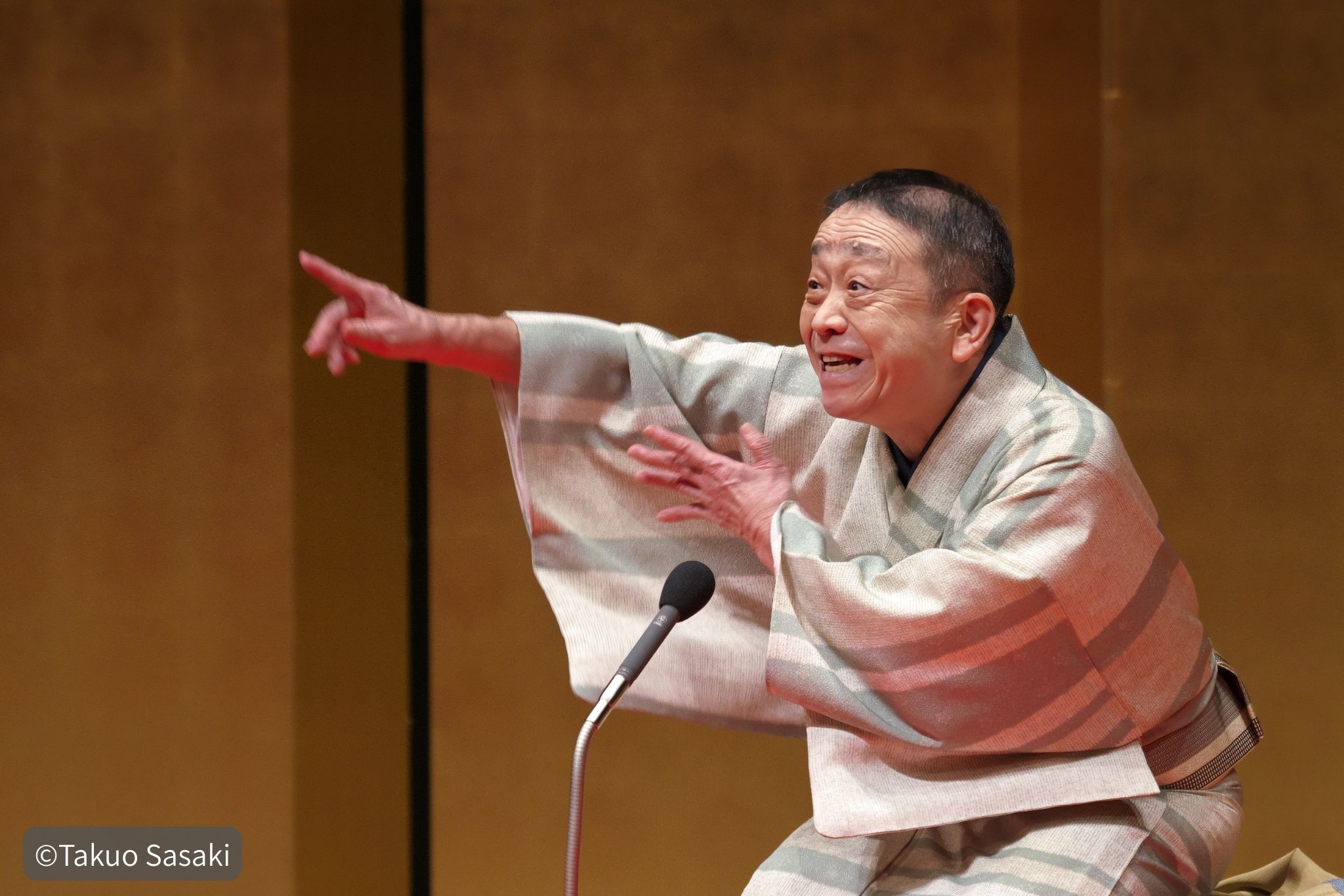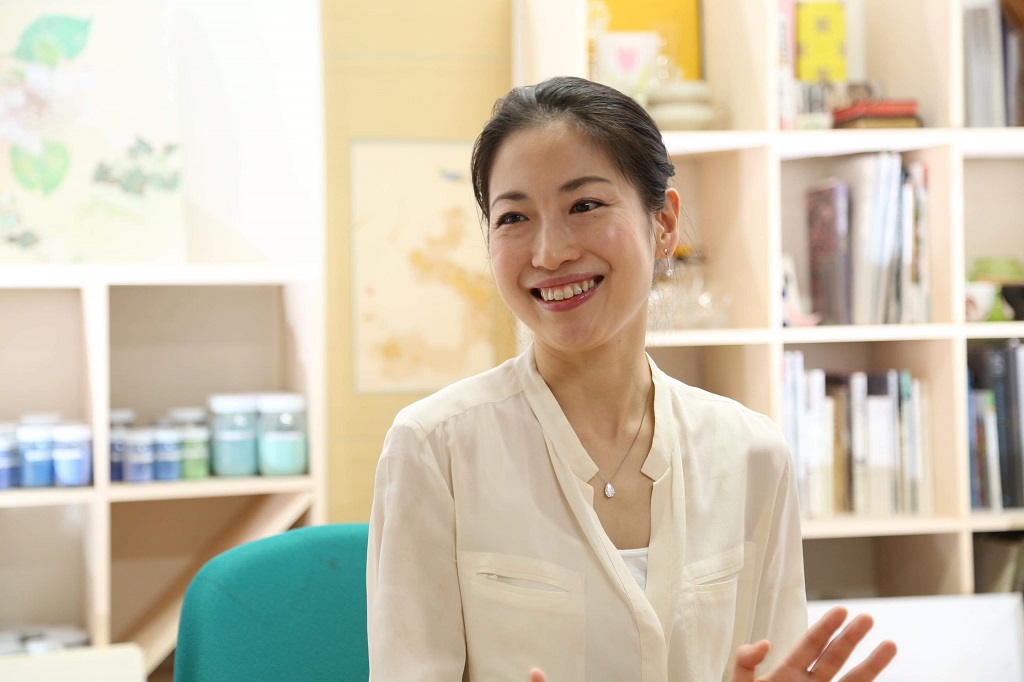
Though winter is typically a season when many in Japan close up as many windows and doors as possible to bundle up inside, in Kyoto, many temples typically closed to the public will throw open their gates. These special temple openings are introduced collectively in the “Kyoto Winter Special Openings” (Kyo-no-Fuyu-no-Tabi) Campaign.
A Prolific Painter
Born in 1982, Ms. Sadaie grew up in Shiga, Japan, a region rich with nature. After serving as an adjunct professor for two years at the Kyoto City University of Arts, where she also earned her MFA degree, she decided to devote herself entirely to her art. Since then, she has attracted attention at a number of exhibitions for her Japanese painting techniques. In 2015, she completed paintings on seven sliding door panels for Eko-in Temple in Koyasan. In September 2018, she created paintings on eight sliding door panels for Houju-in Temple in Koyasan. Ms. Sadaie places emphasis on sketching, and her works primarily feature flowers, grasses and insects.
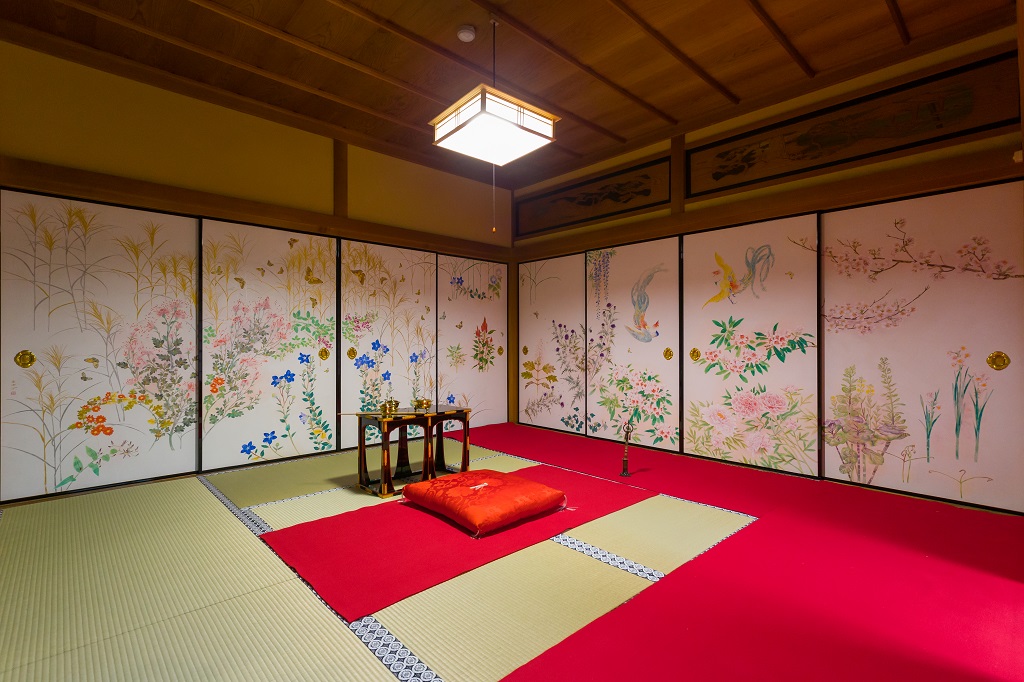
Song of 19 Flowers Panels at Houju-in Temple in Koyasan (2018)
Ms. Sadaie traces her interest in painting back to her childhood, when the flora and fauna that figure in her works were all around her in rural Shiga. “My parents were also interested in painting and the arts, and would often take me on trips to Kyoto,” she says. Meanwhile, Ms. Sadaie would draw the natural subjects around her with colored pencils and watercolors. Later, she experimented with oil paints as well, but it wasn’t until university that she first encountered nihonga.
Japanese Paintings
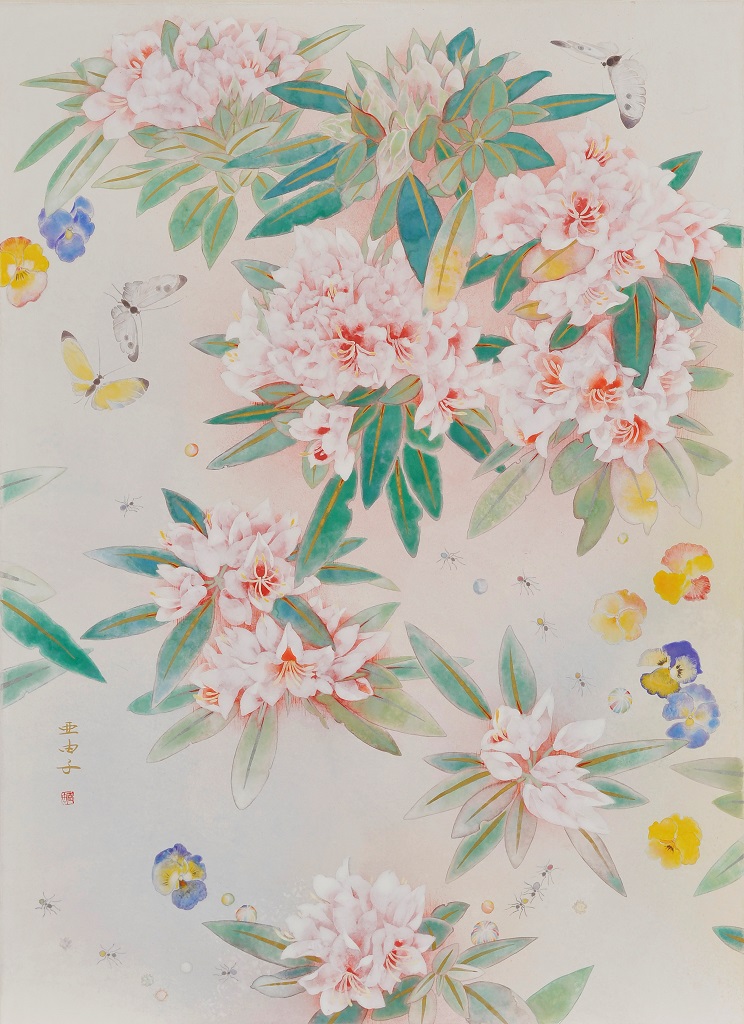
Flowers Alight – Ayuko Sadaie (2017)
You may think you can distinguish Japanese paintings simply by looking at how the painting is drawn, but there’s a bit more to it than that. The art form was originally inspired by paintings from China, and the term nihonga appeared in the Meiji Period (1868-1911). To describe paintings that developed later in Japan. According to Ms. Sadaie, these Japanese paintings are distinguished by both the style of painting and the medium used to make them. Japanese paintings are created using natural mineral pigments crushed into powders of varying fineness, and mixed with a natural glue, made from the connective tissue of cows–nothing you can buy in a tube.
“Oil paints are much more convenient, of course,” Ms. Sadaie says, “but I came to think that there was an importance in things which take time, and are difficult, even if they’re not as convenient.” Since temperature and the way the pigment is used can completely change with Japanese mineral pigments, she explains, “The colors really are living things.”
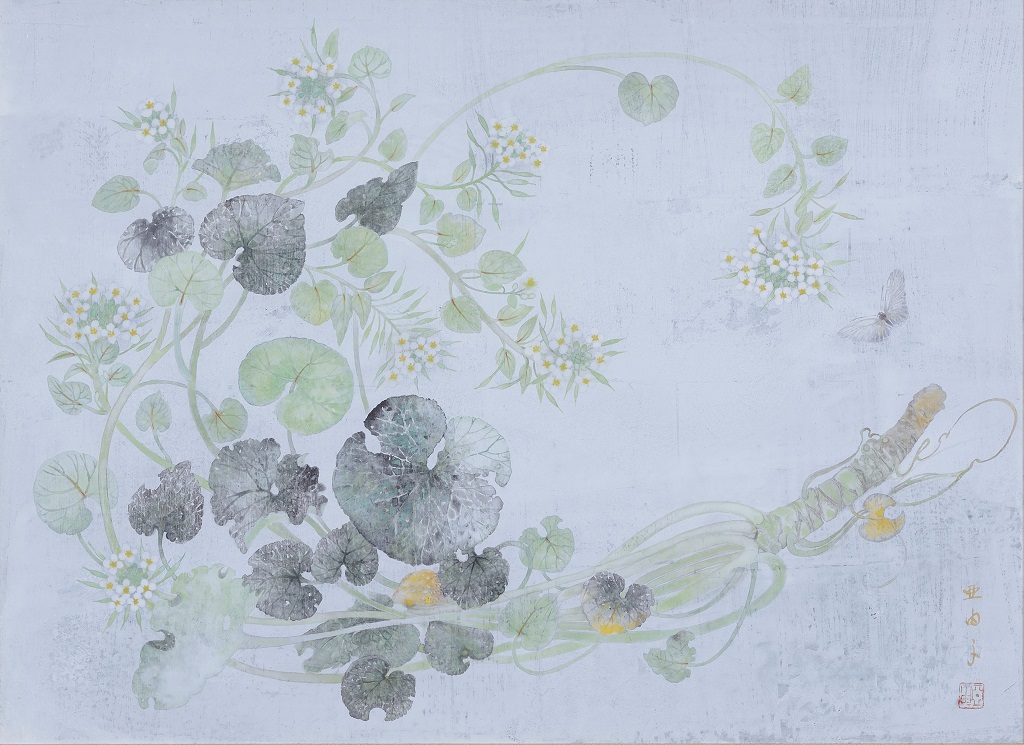
Song of the Clear Stream – Ayuko Sadaie (2016)
For Ms. Sadaie, another factor is the strong presence of the artist in Japanese paintings.
“In Western paintings,” she explains, “flowers are painted as people see them. In these Japanese paintings, the painter becomes the flower, and becomes all things—people, the sky, flowers—they all become one in the painting process. It’s something that can be felt by viewers of the painting, too. There are many different painters, of course, and they all have different thoughts, but I think it’s about a sense of all things being equal, of speaking to nature with respect and humility.”

Shepherd’s Purse & Chinese Peony – Ayuko Sadaie (2018)
In a similar way, Ms. Sadaie emphasizes that it’s important to respect all of the pieces that go into a finished painting: the special brushes and Japanese paper are also crafted by artisans, and a kind of art themselves.
Kyoto is a city alive with art
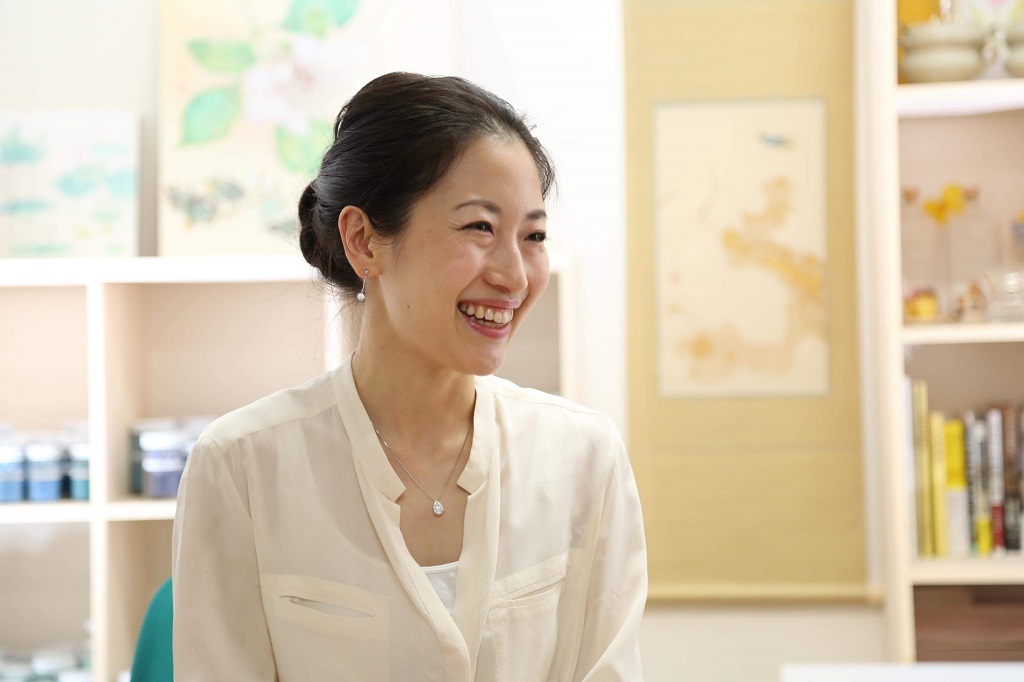
Ayuko Sadaie lives in Kyoto now, a city that she loves, with all its museums. But she says it’s the sight of the work of artists in the streets, in the everyday Kyoto that really captures her heart. “The presence of these artists still lingers in many places, and it’s beautiful. Sometimes, in larger cities such as Tokyo, the imprint of those artists is often erased. So I very much enjoy just walking around [the Kyoto streets].”
And her message to visitors from other countries?
“There are many trendy places to go in Kyoto. I would encourage [visitors from overseas] to understand, though, that Kyoto is not a city where time has stopped. That kind of traditional “Japanese-ness” you see in both the temples and the streets isn’t something that’s been recreated. It’s very much alive in Kyoto today.”

